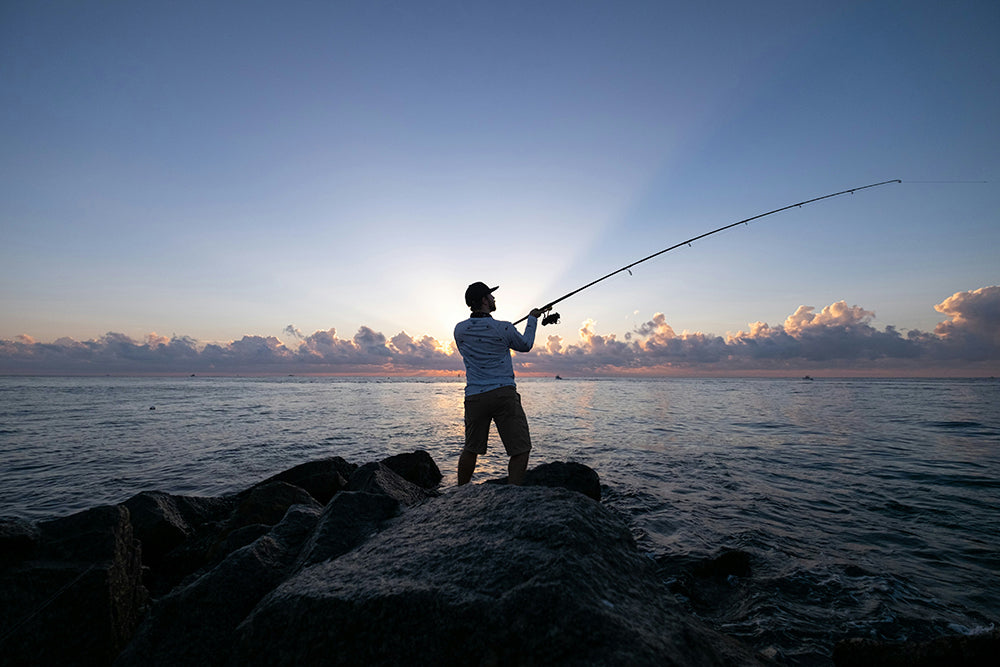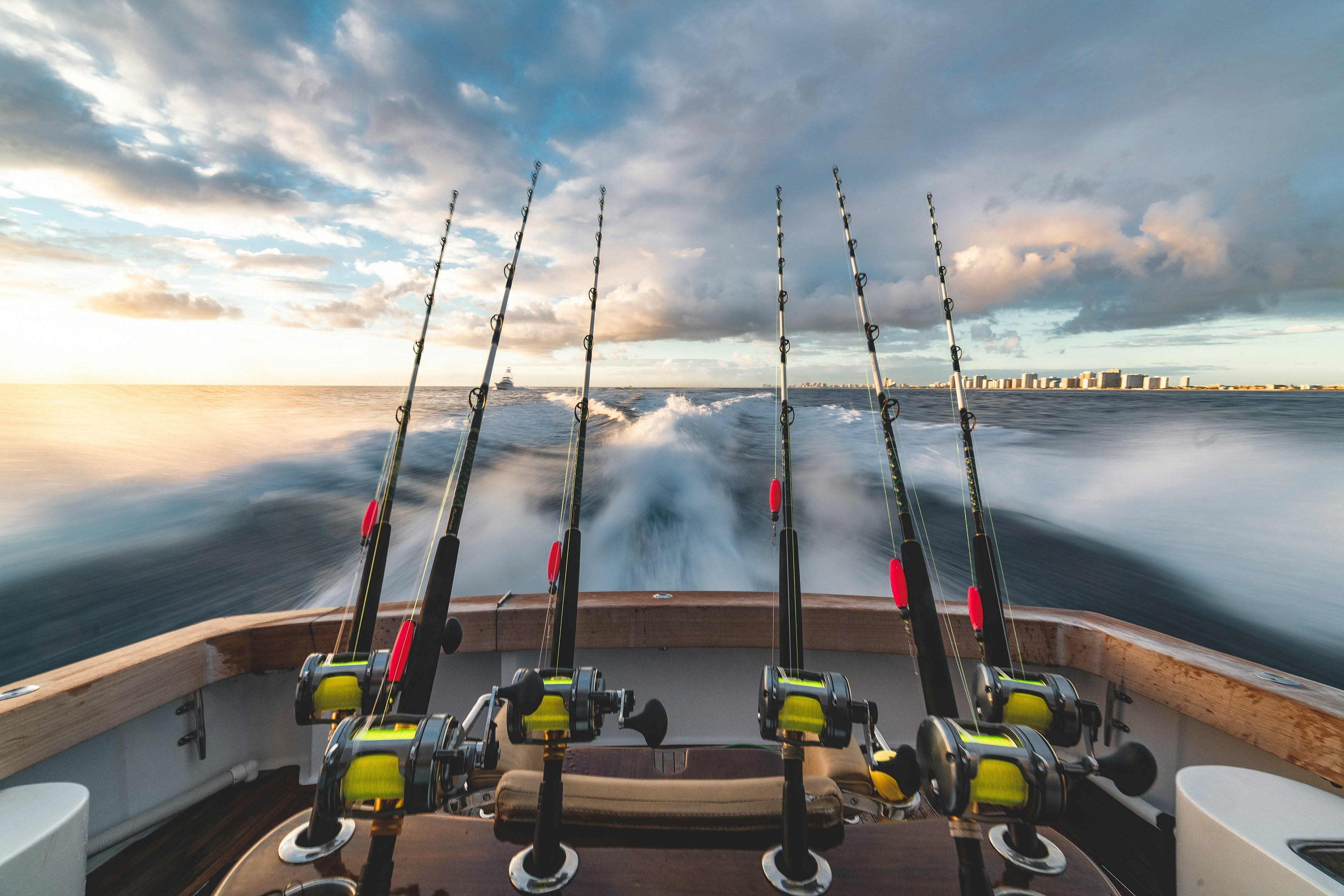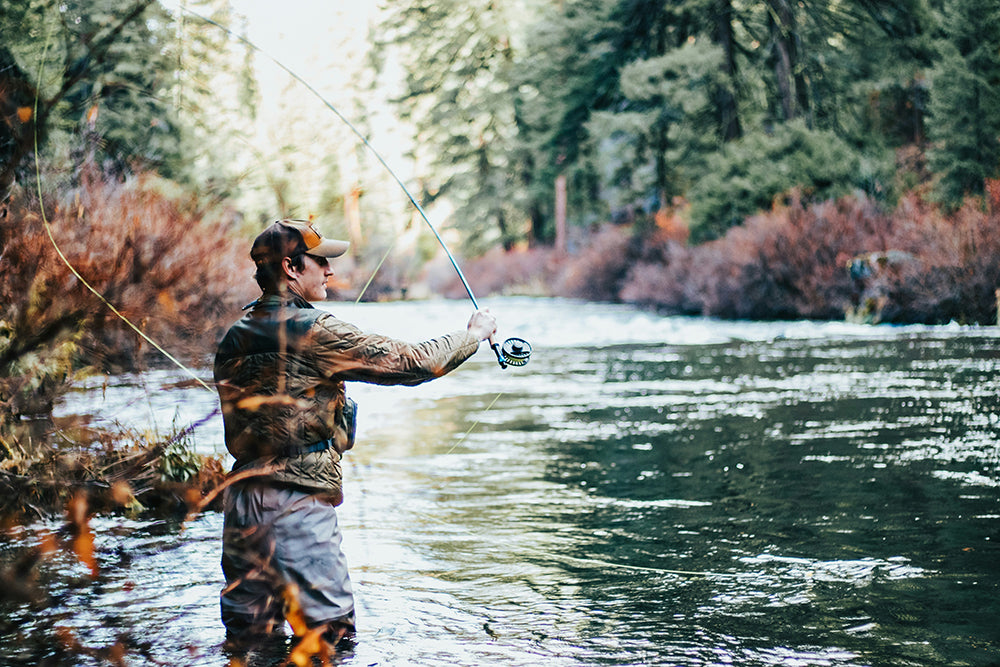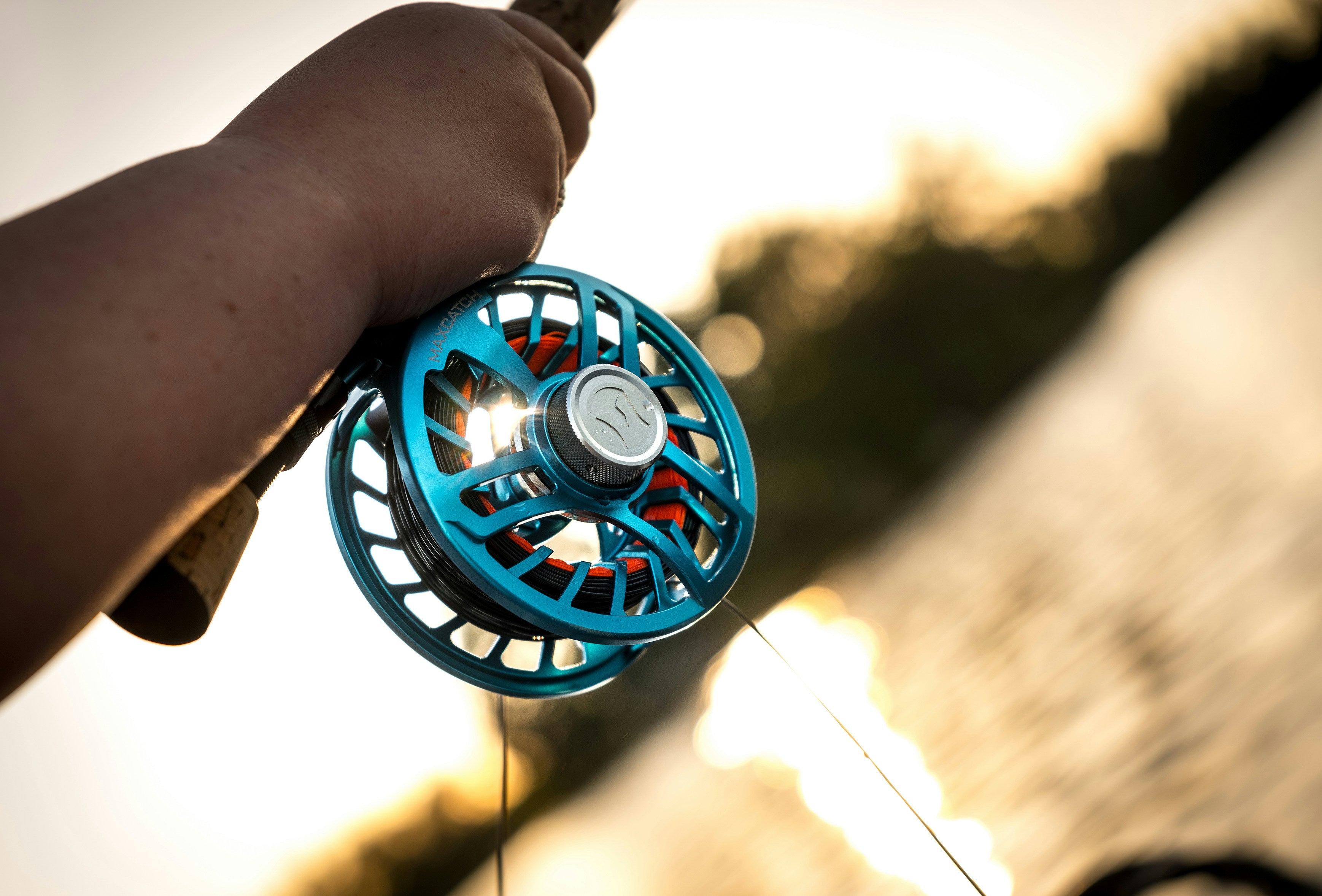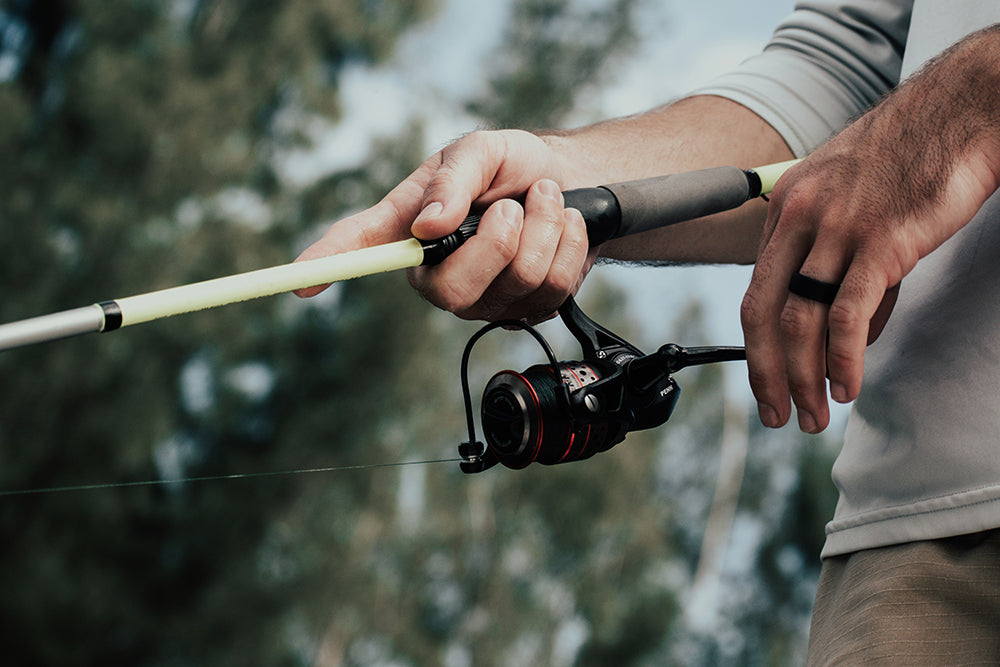
Mastering the Art of Fly Fishing: Tips and Techniques
Fly fishing is a captivating and challenging fishing technique that requires skill, finesse, and an appreciation for the art of angling. Unlike traditional fishing methods, fly fishing involves casting a lightweight artificial fly to mimic the appearance and movement of insects, enticing fish to bite. To help you master the art of fly fishing, here are some essential tips and techniques to improve your success on the water.
Proper casting technique is fundamental to successful fly fishing. Practice your casting skills regularly to develop accuracy, control, and distance. Focus on achieving a smooth, fluid casting motion that delivers the fly precisely where you want it to go. Experiment with different casting styles, such as the overhead cast, roll cast, and sidearm cast, to expand your fishing repertoire and adapt to different fishing scenarios.
When selecting a fly pattern, consider the local insect hatch and the fish species you're targeting. Matching the hatch by using flies that resemble the insects present in the water will increase your chances of a successful catch. Carry a variety of fly patterns in different sizes, colors, and shapes to adapt to changing conditions and fish preferences.
Reading the water is a crucial skill in fly fishing. Observe the surface currents, underwater structures, and fish behavior to identify prime fishing locations. Look for feeding fish, underwater obstacles, and areas of slow-moving water where fish are likely to congregate. By understanding the habits and preferences of the fish you're targeting, you can position yourself in the best possible locations for a successful angling experience.
Setting the hook and playing the fish require finesse and technique in fly fishing. When you feel a fish take the fly, resist the urge to strike immediately. Instead, provide a gentle lift of the rod tip to set the hook firmly in the fish's mouth. Once hooked, use the rod to control the fish's movements and tire it out gradually. Avoid applying excessive pressure that could lead to a broken line or a lost fish.
Patience is key when learning the art of fly fishing. It takes time and practice to master the various skills and techniques involved in this intricate fishing method. Embrace the challenges, celebrate the successes, and continually seek to improve your fly fishing abilities. With dedication and perseverance, you'll develop a deep appreciation for the artistry and allure of fly fishing.
Proper casting technique is fundamental to successful fly fishing. Practice your casting skills regularly to develop accuracy, control, and distance. Focus on achieving a smooth, fluid casting motion that delivers the fly precisely where you want it to go. Experiment with different casting styles, such as the overhead cast, roll cast, and sidearm cast, to expand your fishing repertoire and adapt to different fishing scenarios.
When selecting a fly pattern, consider the local insect hatch and the fish species you're targeting. Matching the hatch by using flies that resemble the insects present in the water will increase your chances of a successful catch. Carry a variety of fly patterns in different sizes, colors, and shapes to adapt to changing conditions and fish preferences.
Reading the water is a crucial skill in fly fishing. Observe the surface currents, underwater structures, and fish behavior to identify prime fishing locations. Look for feeding fish, underwater obstacles, and areas of slow-moving water where fish are likely to congregate. By understanding the habits and preferences of the fish you're targeting, you can position yourself in the best possible locations for a successful angling experience.
Setting the hook and playing the fish require finesse and technique in fly fishing. When you feel a fish take the fly, resist the urge to strike immediately. Instead, provide a gentle lift of the rod tip to set the hook firmly in the fish's mouth. Once hooked, use the rod to control the fish's movements and tire it out gradually. Avoid applying excessive pressure that could lead to a broken line or a lost fish.
Patience is key when learning the art of fly fishing. It takes time and practice to master the various skills and techniques involved in this intricate fishing method. Embrace the challenges, celebrate the successes, and continually seek to improve your fly fishing abilities. With dedication and perseverance, you'll develop a deep appreciation for the artistry and allure of fly fishing.
Previous post
The Essential Fishing Gear Every Angler Needs
Next post

